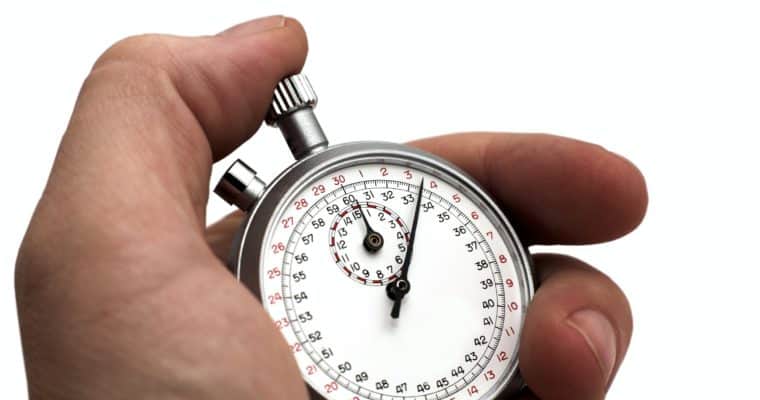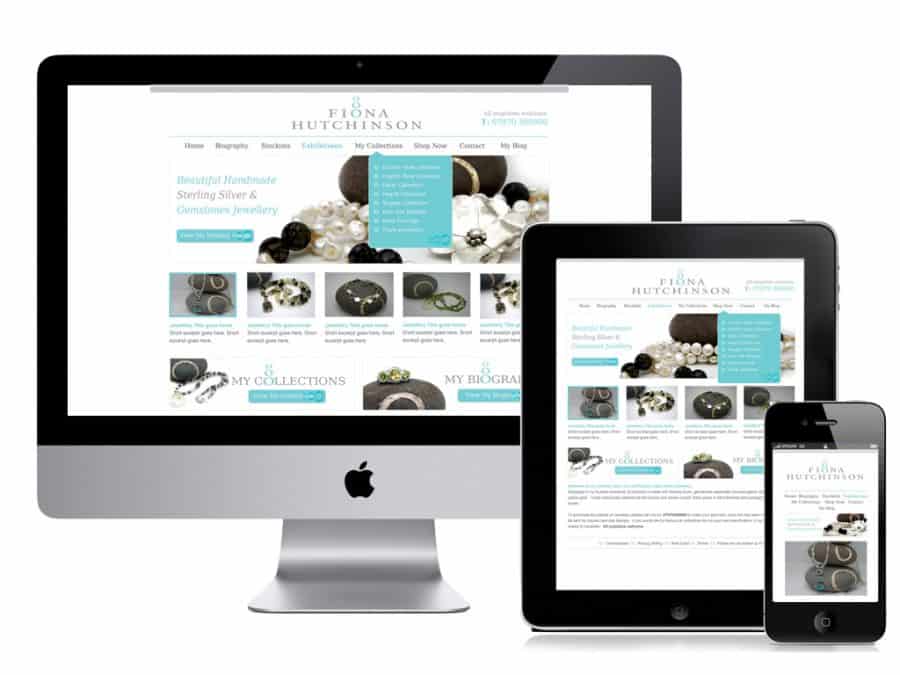You know that WordPress is the best platform to use when you’re ready to create a website.
It’s beginner-friendly, it makes it easy to track your web traffic, and best of all, WordPress gives you lots of design options.
If you need help understanding how to design a website that gets serious results, you’ve come to the right place. Keep on reading this website building guide to learn about things like loading speed, finding the right plugins, and much more.
We promise, understanding the elements of good design isn’t as complicated as you might think, and starting with a great logo design is of the utmost importance for every website out there.
1. Focus on Ease of Navigation First…
When you want to learn how to design a website that appeals to both your niche market and general Internet traffic, there’s one essential thing to keep in mind above all else.
You need to ensure that your website is intuitive and easy to navigate.
Have an image on your site? Make sure it has a clickable link to a related page or product.
Have social media accounts? Include follow buttons on each page of your website.
Have tons of different internal pages on your website? Make sure you organize them by using drop-down menus. Organize your blog posts according to the topic category.
If possible, also steer clear of “endless scrolling” on your homepage.
It often makes it much harder for users to find the specific pages they’re looking for.
Finally, make sure your website design is accessible — and loads completely — on both mobile and desktop devices.
2. And Loading Speed Second
About 50% of Internet users say they need websites to load in less than two seconds — and they’ll click away from a website if it doesn’t.
When you’re designing your website, you need to ensure that the elements you’ve chosen aren’t accidentally slowing your overall loading speed.
This means that images need to be small in size, that you should enable caching, and that you should do everything you can to minimize HTTP requests.
Combine as many files as you can, and decide if you need to upgrade to a stronger website hosting platform.
3. Choose the Right Plugins
One of the best things about building a website using WordPress is the wide variety of plugins the platform offers.
These are different kinds of tools that help to improve not only the visitor experience but also make it easier for you to keep track of your traffic and analytics.
There are plugins to help you improve your SEO strategy, ones that improve your overall site security, and options that speed up your loading time and make it easy for clients to share posts on social media.
Click here to get a list of some of the most popular plugins for your WordPress site. Remember not to overuse plugins, however, as this can sometimes negatively affect your overall website performance.
4. Keep Design Consistent With Your Branding
When you’re figuring out how to design a website that gets results, you need to focus on much more than just ease of navigation and loading speed.
You also need to build a website that’s consistent with the rest of your branding strategy.
In other words?
When a visitor clicks on your website, they need to be able to recognize it as your own right away.
First, make sure that your logo is on both the homepage and every internal page of your website (learn more here about how to build an effective homepage and overall site.)
When you’re choosing a WordPress theme, you also need to pick a design that makes sense with your company’s branding.
For example, if you’re an eco-friendly business, look for a theme with natural elements, like trees, water, or even images of the sun. If you’re a B2B company, you may want to search for simpler, cleaner themes that just feature your company colors.
5. Use White Space
Finally, perhaps one of the most important aspects of this website building guide is to remember to make use of white space on your internal and home pages.
An over-cluttered website (check out this page to see just how bad it can get) is off-putting to your visitors. You might think that you’re showing them as much information as possible in one place, but what you should really focus on is how to draw their attention to the most important things on the page.
Negative space can help you to accomplish that.
Separate paragraphs with a double space, and avoid a wall of text. Break up your content with headers. Use white space around images, links, and to make bulleted lists easy to navigate.
Remember that, when it comes to successful WordPress website design, sometimes less is more.
You’ve Mastered How to Design a Website
We hope this post has helped you to learn how to design a website that’s both consistent with your branding and gets you the conversions and visits you want.
Remember that you should constantly update your website, run security scans on it, and take any customer feedback you get into consideration.
As we discussed, finding the right WordPress plugins will make your website much more efficient.
Looking for reviews on the top plugins? Need more advice on how to stay ahead of the next big thing in blogging?
We’ve got you covered.
Keep checking back with us for more WordPress tips and tricks you can’t afford to miss.



